Learn How to Connect Different Types of Plastic Piping with Our User-Friendly Guide!
At EasyMerchant, we pride ourselves on offering an extensive range of plastic piping solutions. One of the most common questions we receive is about how to properly connect different types of plastic pipes and fittings. To help you out, we've put together a comprehensive guide that walks you through connecting various types of plastic pipes:
- Twin wall ducting & drainage
- Solvent waste & soil
- Ring seal soil, waste, and underground
- Electrofusion
- Compression/mechanical
Should you encounter any challenges while connecting your piping systems, feel free to reach out to the EasyMerchant team via comments or phone at 01371 850120.
Connecting Twinwall Ducting and Drainage Pipes
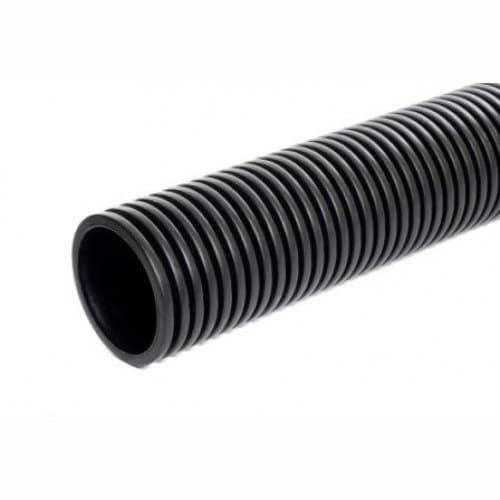
Most twin wall ducting products come with a coupler already attached at one end. However, it's always a good idea to confirm this before purchasing to avoid any delays. For connecting two lengths of twin wall ducting, simply push the coupler of one pipe into the next length of twin wall ducting for a secure fit.
Keep in mind that since the coupler lacks an internal seal, there might be slight leakage at the connection. This isn't typically an issue for surface water applications, but if you're dealing with waste or chemicals, sealing the connection is essential. Adding a seal is straightforward—select the appropriate twinwall pipe seal and position it between the ribs of the twin wall pipes entering the coupler. This adjustment ensures the connection is watertight.
For systems handling corrosive or harmful solvents, nitrile seals are recommended. While they are made to order and may have longer lead times, our technical team is available to assist with advice tailored to your specific needs.
Joining Solvent Waste and Soil Pipes
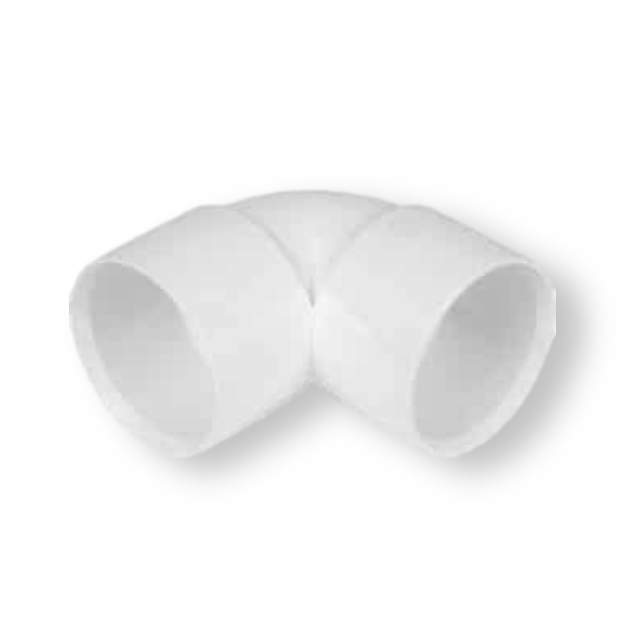
Connecting solvent waste pipes to soil pipes usually involves a 'boss' fitting—either pre-installed in the soil pipe or added via an adaptor. If you're using a pre-formed boss section, you'll need to cut a portion of the soil pipe. If you're using a boss adaptor, simply cut the correct-sized hole in the soil pipe.
A popular and efficient method is using a strap-on boss adaptor. Here’s a step-by-step guide:
- Cut the appropriate size hole in the soil pipe where the connection will be made.
- Clean the area around the connection point thoroughly using a pipe cleaner.
- Apply solvent cement weld around the hole and the flange of the strap-on boss.
- Ensure the boss’ 'top' indicator is correctly aligned.
- Push the boss and soil pipe together to create a secure bond.
- Secure the fit by squeezing the clips at the back of the boss together.
Once the solvent cement sets, you’ll have a permanent, sealed connection between the solvent waste and soil pipes, ready for additional connections.
Joining Ring Seal Soil, Waste, and Underground Pipe
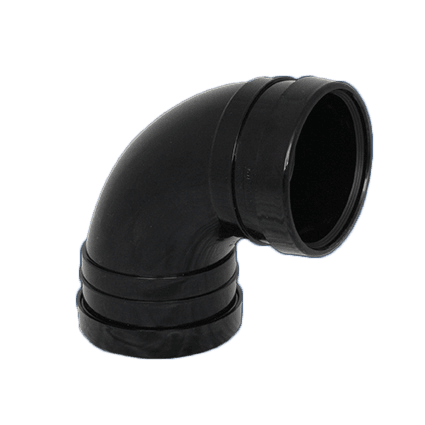
Joining ring seal soil, waste, and underground drainage pipes is a straightforward process, allowing for easy disassembly if needed. Each pipe section has a chamfered end that should be lubricated with either silicone or water-based pipe lubricant before being pushed evenly into the fitting. This compresses the rubber seal, creating an airtight and watertight joint.
After inserting the pipe into the fitting, pull it back by approximately 10mm to account for potential expansion within the system.
Joining Electrofusion Pipe and Fittings
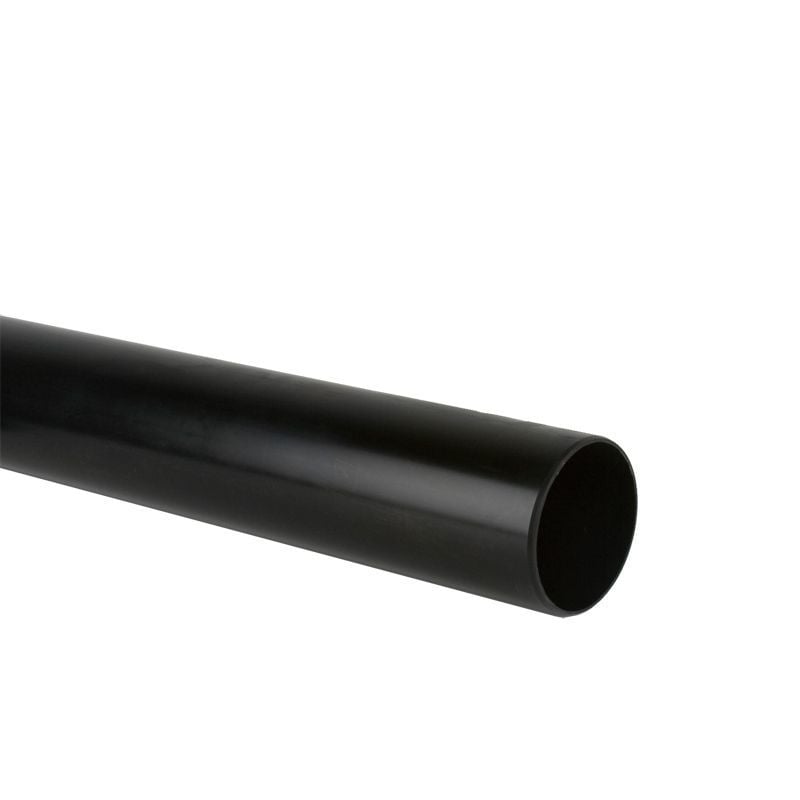
Electrofusion fittings are commonly used for gas mains pipe work and require specialized training and certification. Additionally, an electrofusion connection requires a control box, which comes with specific operating procedures. This guide provides a general overview of the process, but we’re always happy to offer more detailed guidance. Please feel free to contact the EasyMerchant team for assistance.
- Ensure the polyethylene pipes are clean and free of debris, but do not remove the protective wrapping.
- Position the electrofusion fitting near the pipe and mark a spot 10-15mm beyond half the socket depth.
- Use a pipe end preparation tool to remove the entire surface of the pipe over the marked area in one smooth motion.
- Repeat this for the second pipe end.
- Mark half the coupler depth on both pipe ends to ensure proper alignment.
- Secure the pipes in place to prevent movement during the fusion process.
- Connect the ECU outputs to the fitting terminals and follow the control unit instructions.
- Check the melt indicators (if present) to ensure they have risen upon completion.
- Record cooling times, joint reference numbers, and dates on the pipework.
Upon completion, you'll have a strong, airtight, watertight, and seamless connection.
Joining Compression/Mechanical Pipes and Fittings
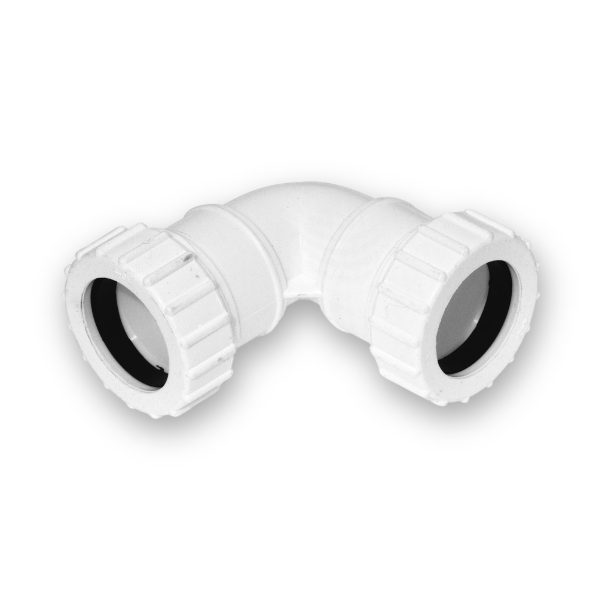
Compression or mechanical pipe connections are widely used in domestic settings due to their affordability and ease of use.
The end body of a compression-style MDPE pipe joint is designed with a partial dish shape that holds a cone-shaped rubber washer, often topped with a tough plastic washer. A threaded MDPE nut secures the assembly, compressing the washer stack to create a lateral expansion, forming a watertight seal.
Connecting a compression joint is simple:
- Clean and deburr the pipe, preferably with wire wool to remove dirt and residue.
- Completely open the nut and washer stack on the compression joint.
- Slide the nut, washer, and rubber washer onto the pipe, ensuring the rubber washer fits snugly and sits 15-20mm onto the pipe.
- Attach the joint body to the pipe, pressing it snugly against the rubber washer.
- Slide the washer and nut down the pipe until they cover the rubber washer and bite into the threaded section of the joint.
- Tighten the nut to compress the rubber washer and create a secure, watertight connection.
Mechanical compression MDPE pipe fittings are not only easy to use but also highly reliable, making them perfect for waste pipes and traps.
We hope this guide has been helpful. For further assistance, please contact us via our contact form or call us at 01371 850120.
Bonnet Seal Ring ,Metal Seal Ring,Bonnet Seal,Bonnet Gasket
WENZHOU JINGWEI SEAL TECHNOLOGY CO., LTD , https://www.ringjoint-gasket.com